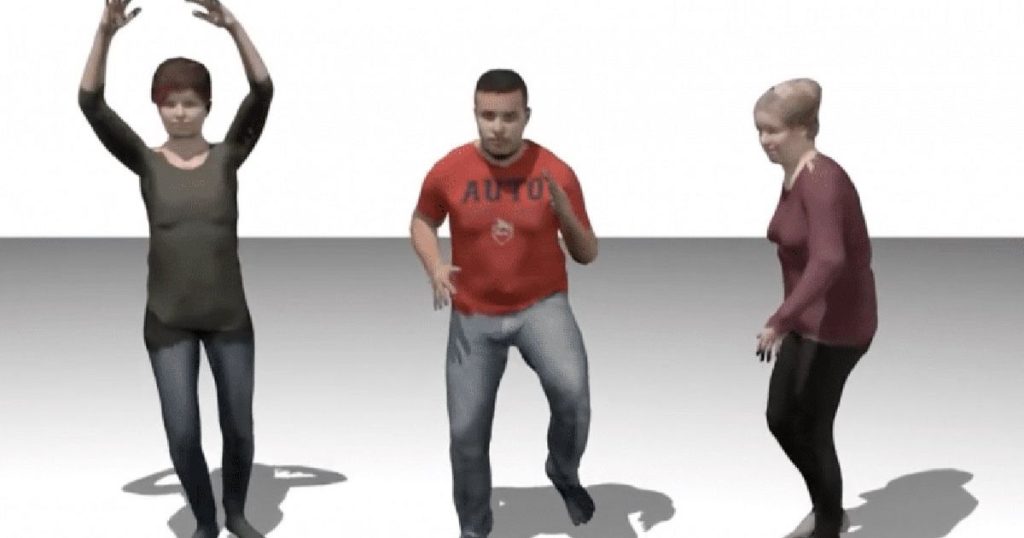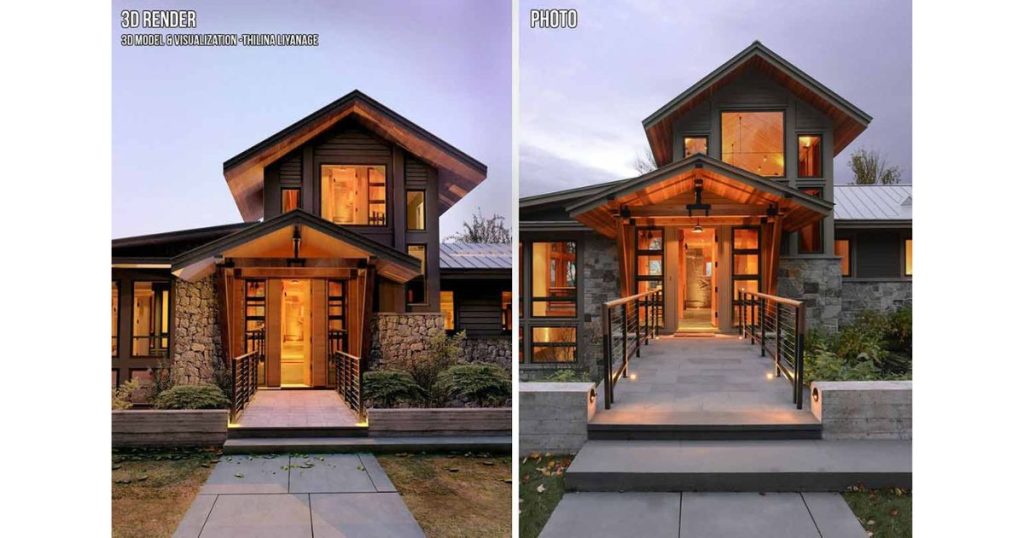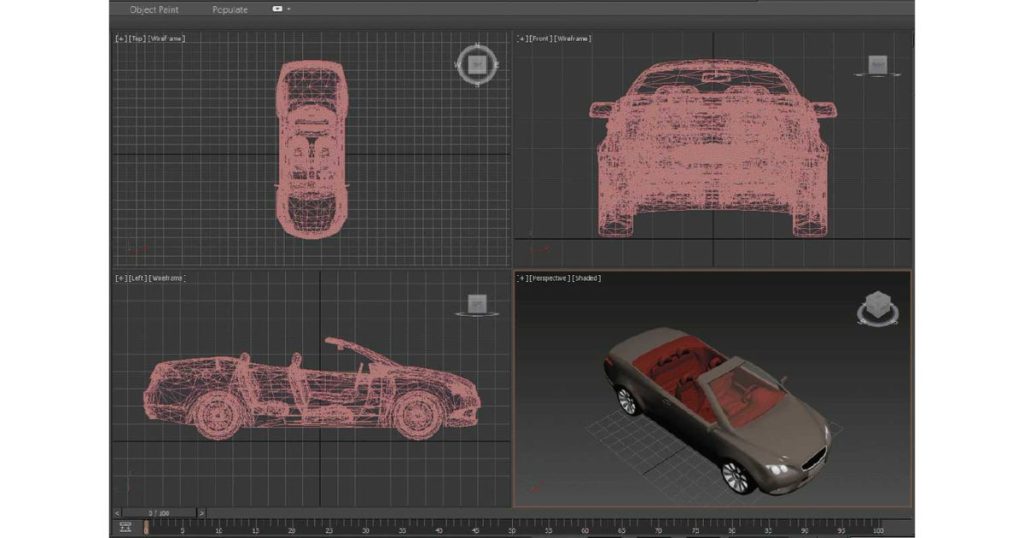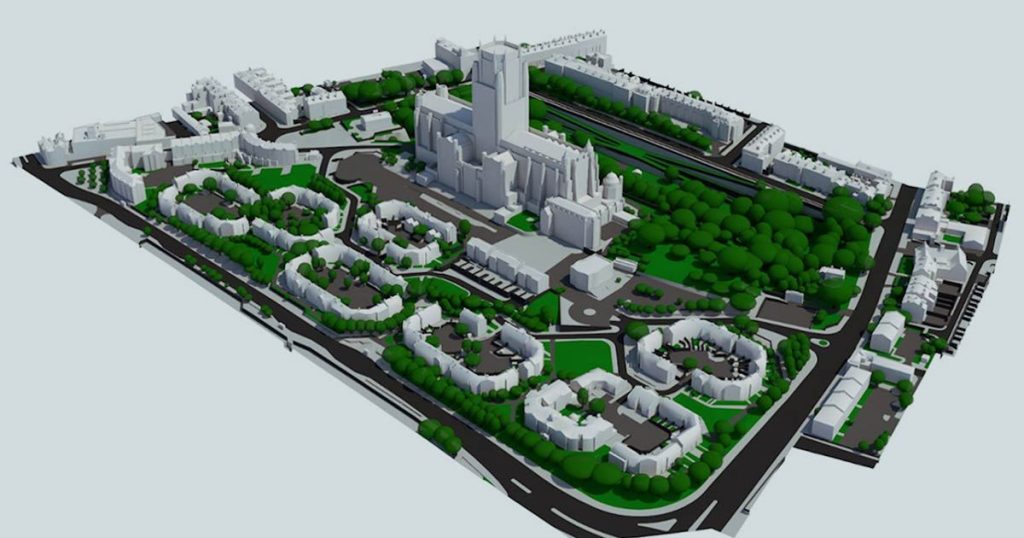3D modeling and 3D rendering bring an object a more realistic look. The question is, “3D modeling vs rendering, what are the differences?” It is easy to answer when looking at their output: 3D modeling gives real 3D objects while 3D rendering creates 3-dimension 2D images. The other elements separating these terms include the usage, technique (software), and process. Through this article, let’s look at the similarities and differences between 3D modeling and 3D rendering.
What is 3D Modeling?

3D Modeling is the process of designing and producing to create a three-dimensional representation of any object or surface. It stimulates a real or virtual reality object’s polygons, edges, and vertices.
3D modeling often appears in video games and movies. You can also easily capture 3D physical models in architectural visualizations, real estate, product design, medical diagnostics and treatment, video games, etc.
Read more: what is 3d modeling?
What is 3D Rendering?

3D rendering is a process of transferring an available 3D object, model, or scene into a 2D image. Length, width, and height are proportional to the actual size to give the most realistic look.
These 2D images are beneficial for presentations, illustrations of interior designs, product designs, entertainment, etc. You don’t have to bring a real model to show and persuade your customers.
You may also concern: 3d modeling vs sculpting
3D Modeling vs Rendering: The Similarities

3D modeling vs 3D rendering have some same features and requirements. So, what are they?
- Computers are must-have equipment: They are both created on a computer. Although the results are dissimilar, the processes require specific software.
- High requirement: Producing 3D models and 3D images is not as easy as squeezing clay. Each object or surface has specific features, materials, and details. Engineers who don’t know or skip cannot make it realistic. Besides, success often doesn’t come on the first few attempts. They have to try and try again to accumulate experience. Engineers should be high-education, high-attention to detail, and patient.
- Engineers should be good at making decisions: After analyzing tasks, they have to design the correct dimensions, colors, lighting, and materials for the blueprint.
3D Modeling vs 3D Rendering: 6 Key Differences
From the definition of each term, you can get the primary difference between 3D modeling vs rendering. To have a further distinction, check out the six elements below!
Distinct Outputs

Outputs of 3D modeling and 3D rendering are different.
- 3D modeling: a 3D file. The object is placed in a 3D space. It has the exact length, width, and height. 3D product modeling services will help you to print a real 3D model or a virtual model on a computer screen.
- 3D rendering: a 2d image. The dimensions of the object are modified in various projections. You can print this image on paper, advertising posters, product packages, etc.
Apply Distinct Techniques and Software
Creating a 3D model or a 3D rendering image needs certain techniques and software. You can easily differentiate them through the below table!
| Features | 3D modeling | 3D rendering |
| Techniques | polygons, NURBS, and subdivision surfaces. | Techniques to combine colors, lights, patterns, materials, and textures. |
| Software | 3D splash, SketchUp, Blender, Photoshop CC, Libre Cad, Self-CAD, SculptGL, 3Ds Max, Tinker CAD, etc. | Arion, Mental Ray, V-Ray, 3Delight, Arnold, Clarisse, Corona Renderer, Artlantis, etc. |
The 3D rendering needs less Time and Effort
Do you know “How long does it take to master 3D modeling or 3D rendering?”. Creating a 3D model requires a longer time and more complex skills. While rendering is just the color, lighting, and texture combination, 3D modeling includes various details in every part.
According to many experts, a student can master 3D modeling in about four months. Then, they will need 3-4 weeks to make a high-quality render if they have strong 2D skills.
See more: How long does it take to make a 3D model?
3D modeling requires more creativity than technique

Turning fantasy into reality is the mission of 3D modeling. Let’s think of a game character. How creative and detailed work!
Meanwhile, 3D rendering is more technical. The engineer needs solid knowledge to choose the right colors, lighting, lines, and texture. It also requires creativity to make a good sketch.
3D Rendering Always Goes After 3D Modeling
Are you curious about “What does rendering mean in modeling?” or “What is the relationship between 3D rendering and 3D modeling?”. In a Computer Generated Image (CGI) process, 3D Rendering must go after 3D modeling.
With a 3D model, it becomes much easier and quicker to make reflective images. When rendering 3D models, you can create 20 – 30 images for your catalog, website, or marketing proposal.
See more: How to 3D modeling?
3D modeling vs 3D rendering: Different Usages

The birth of each term always comes with at least one mission. Depending on the user intent, these 3D methods can be applied to one sector. The usage of 3D modeling:
- Supporting to enhance project preparation
- Discovering whether any interventions between structures exist
- Representing a graphical design of the upcoming object
- Avoiding confusion or technical errors before fixing of any system
The usage of 3D rendering:
- Improving the design’s details and then making a better decision
- Improving success when presenting in marketing thanks to realistic display graphics
- Getting easier to express thoughts in various manners
For example, in real estate, a 3D model of a building can showcase the designs most intuitively. Meanwhile, a 3D rendering can bring a practical experience for customers because it can show every corner of that building.
FAQs
Can you start rendering without 3D models?
You can only start rendering with 3D models. The mission of 3D rendering is transforming a 3D model into a true-to-life and easy-to-imagine image. All the ideas of rendering are from 3D models.
Does 3D modeling require coding?
You don’t need to have coding skills to practice 3D modeling. To become a 3D modeling master, you should have strong 3D knowledge and be fluent in using software and techniques.
Conclusion
To sum up, 3D rendering comes after 3D modeling in a process. Each stage requires different software, techniques, time, and effort. The outputs can be used for many purposes, including marketing, business, or entertainment. 3D modeling vs rendering is complementary to help you achieve the best performance.

Related Posts: